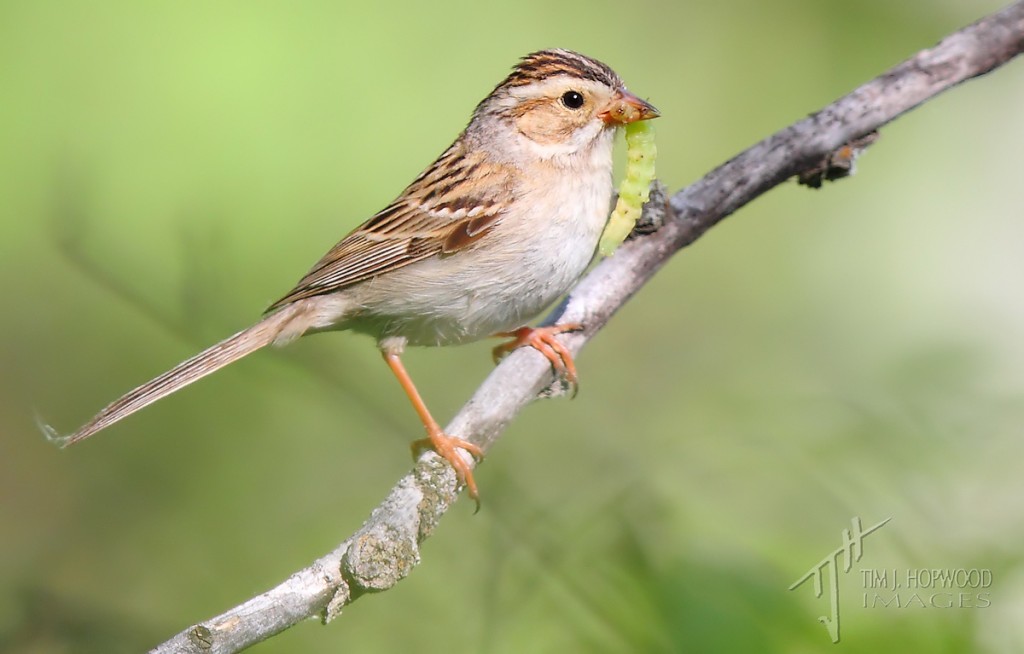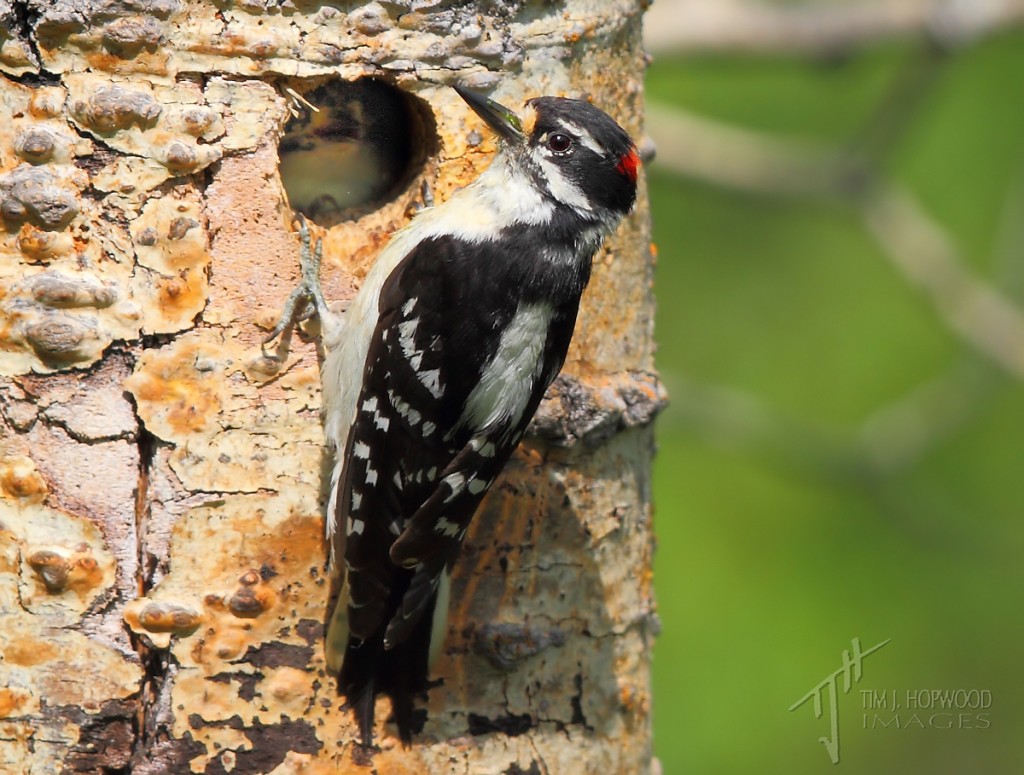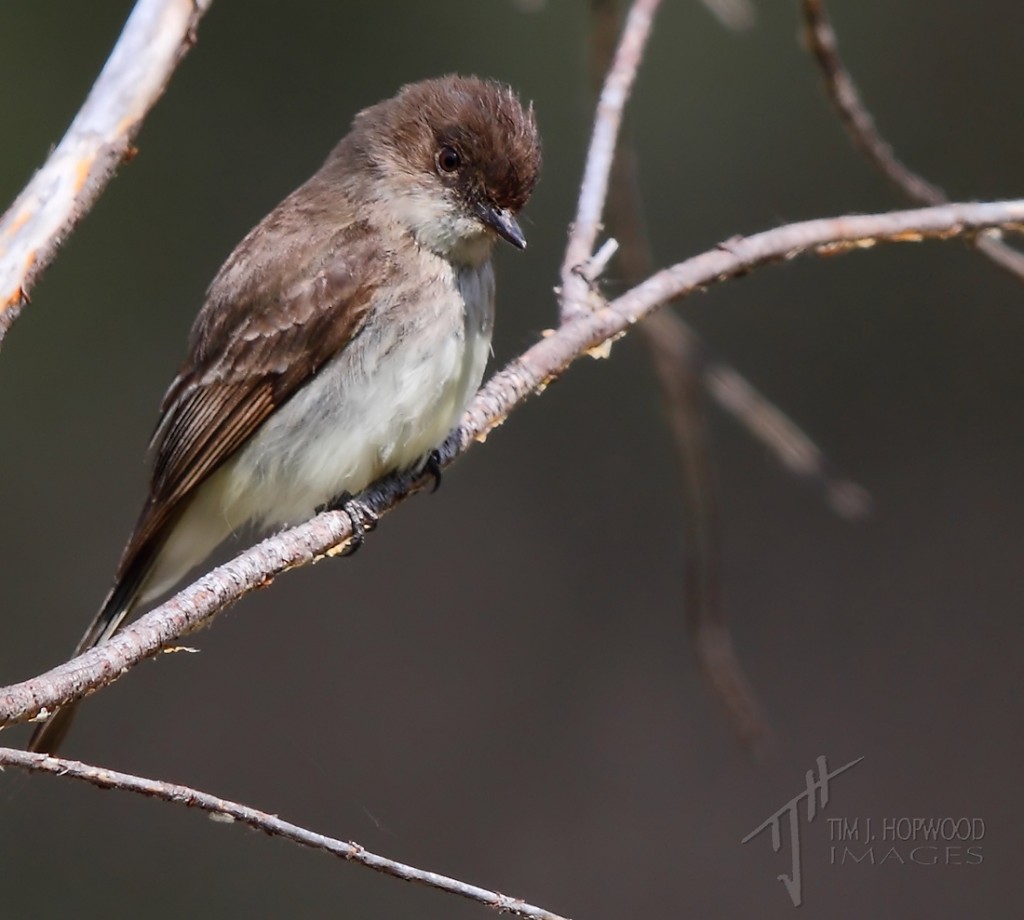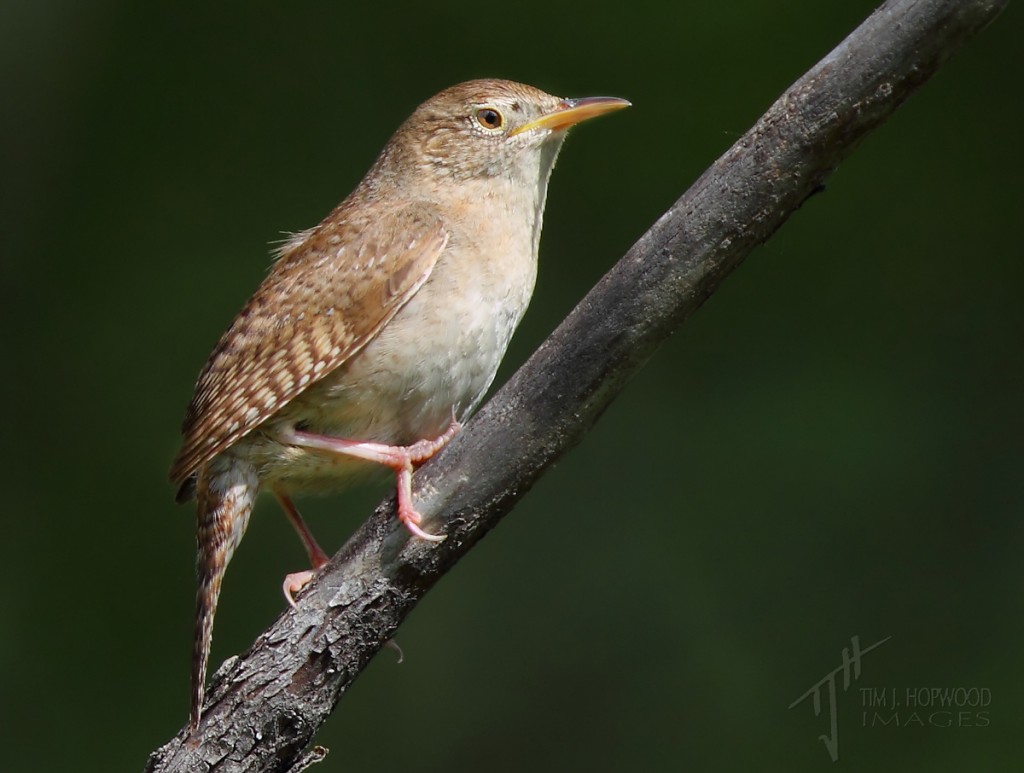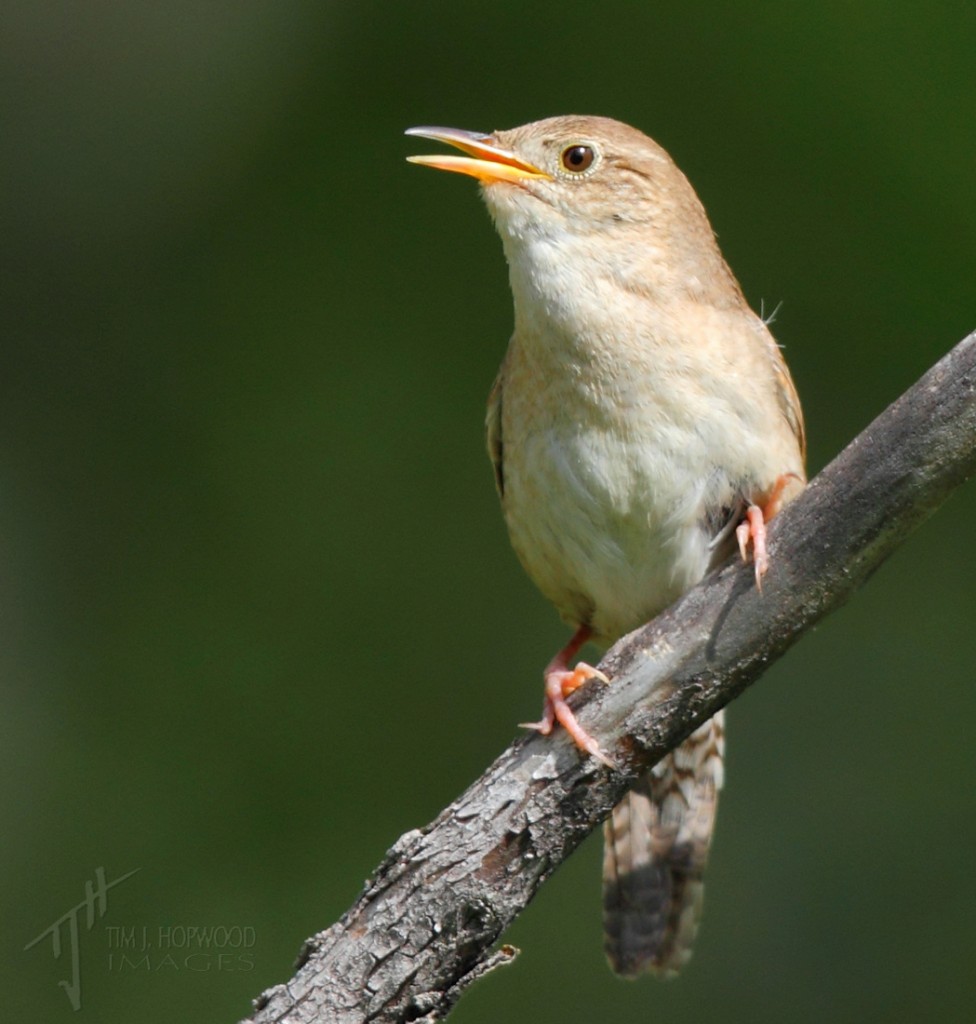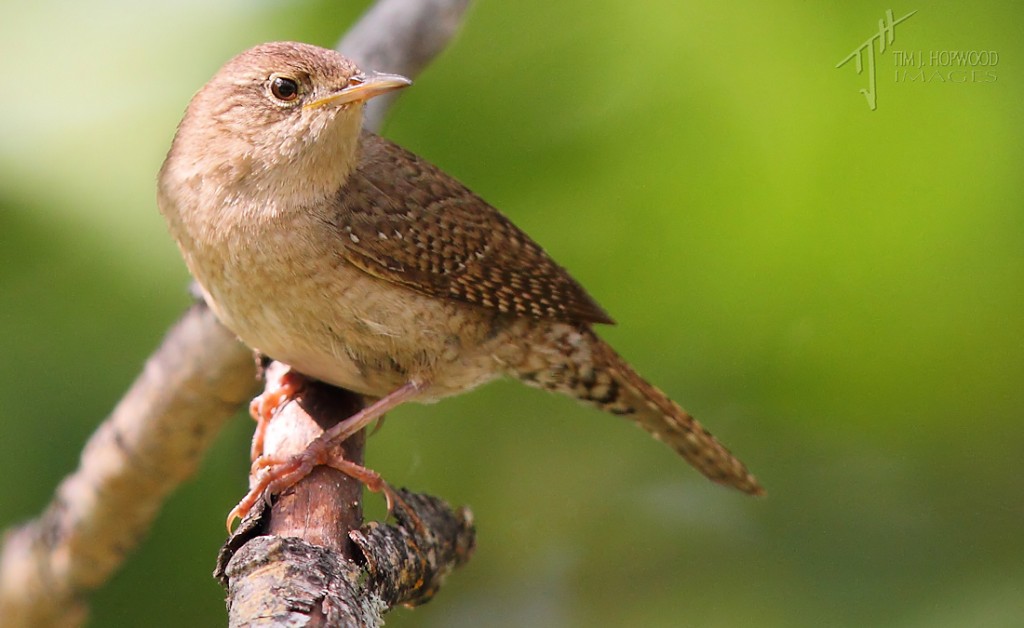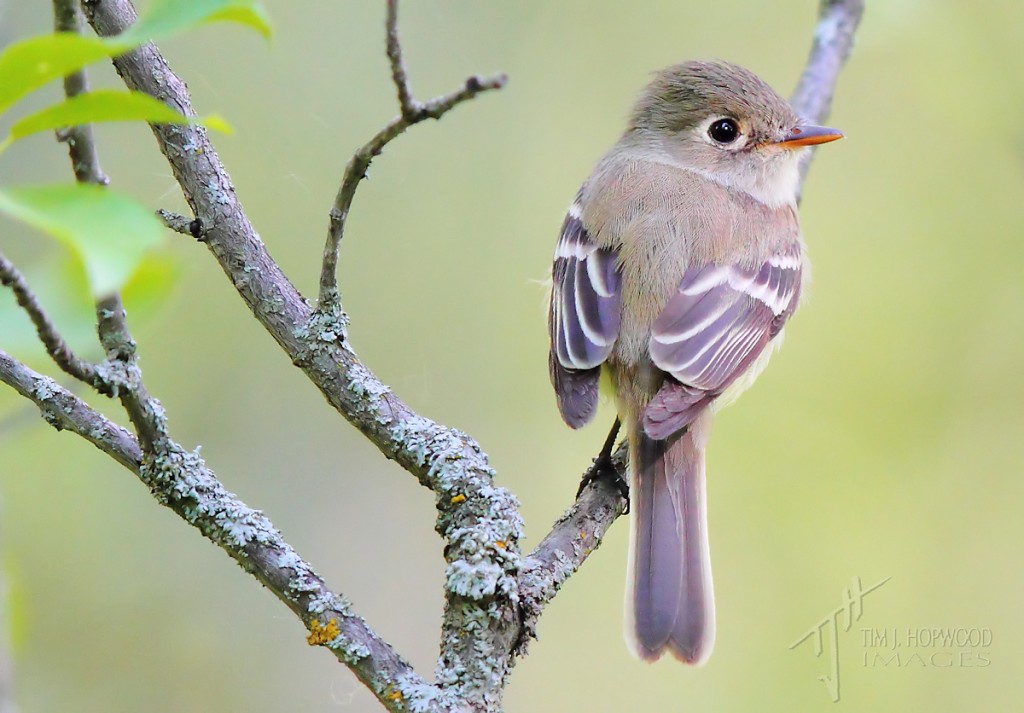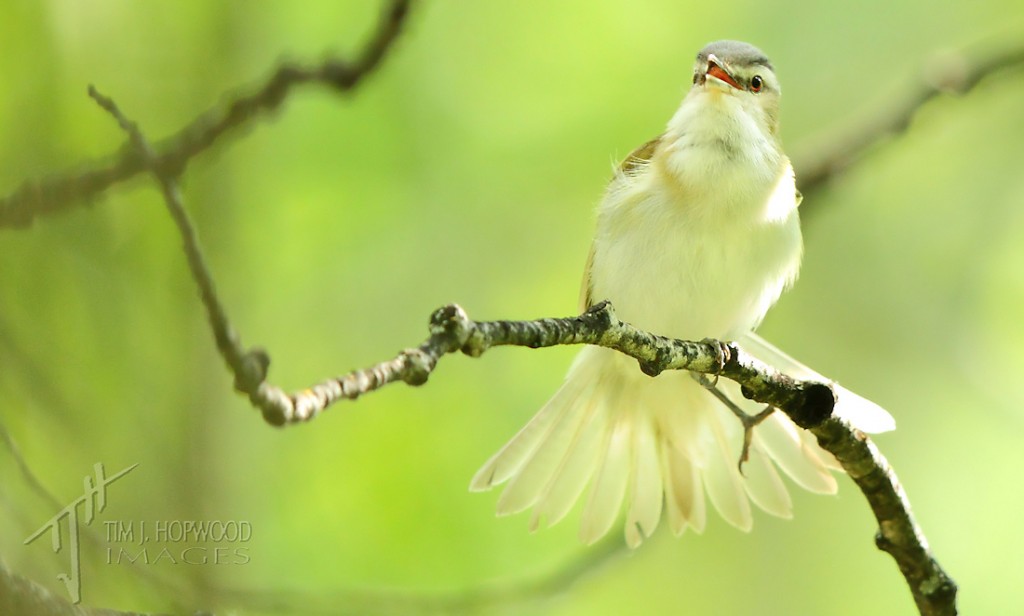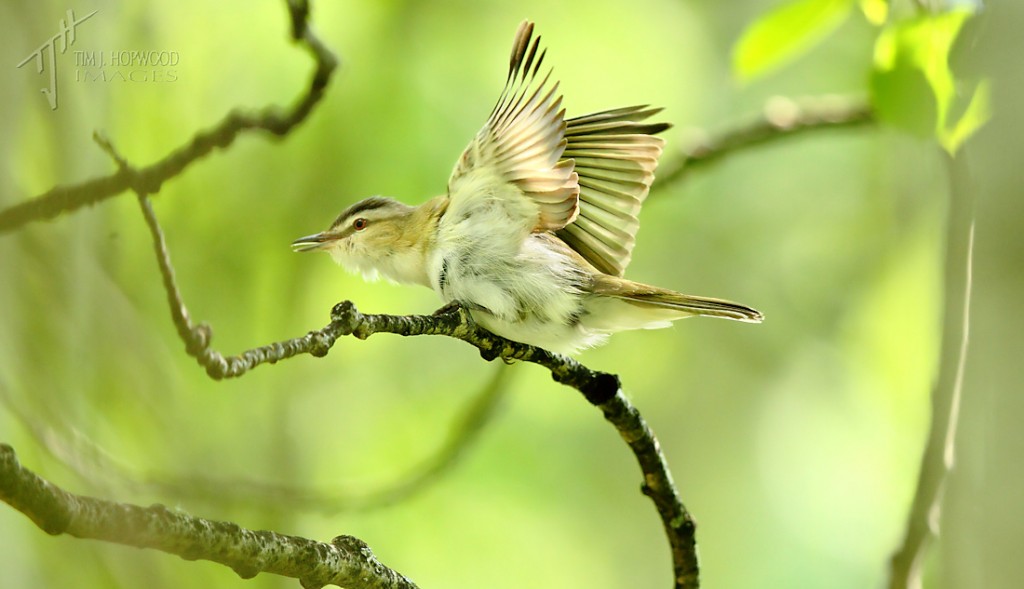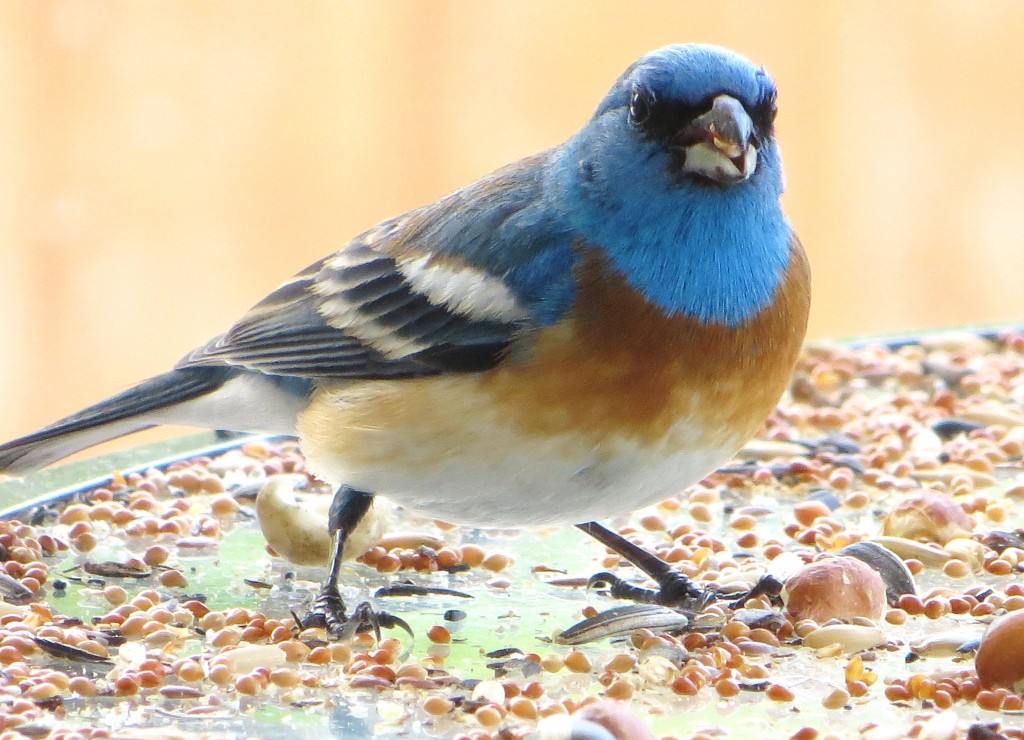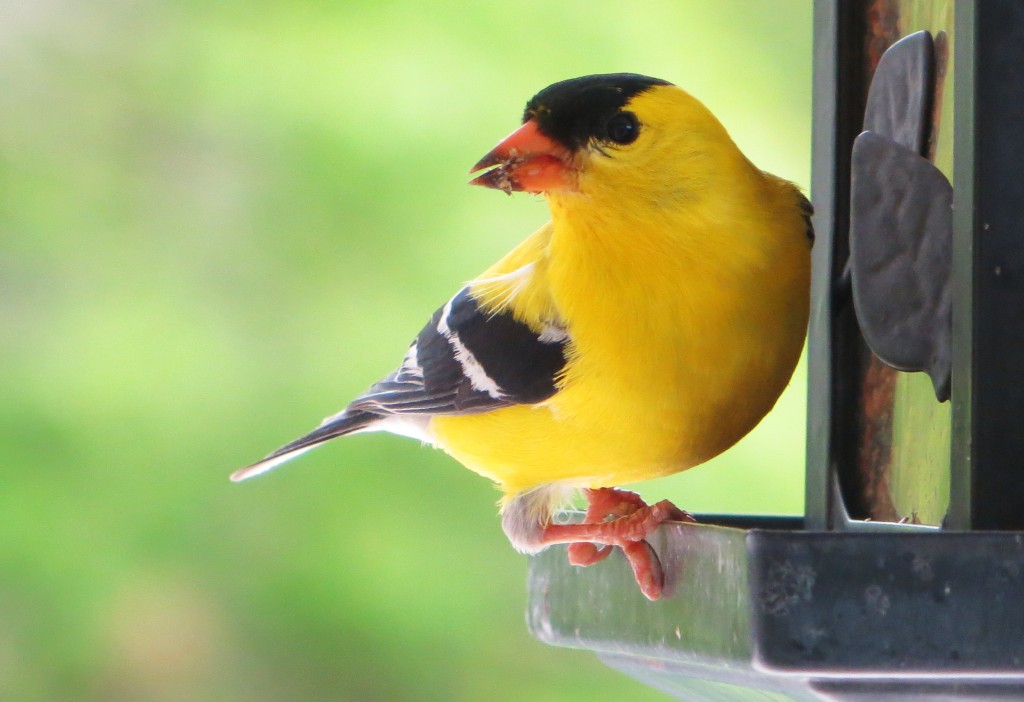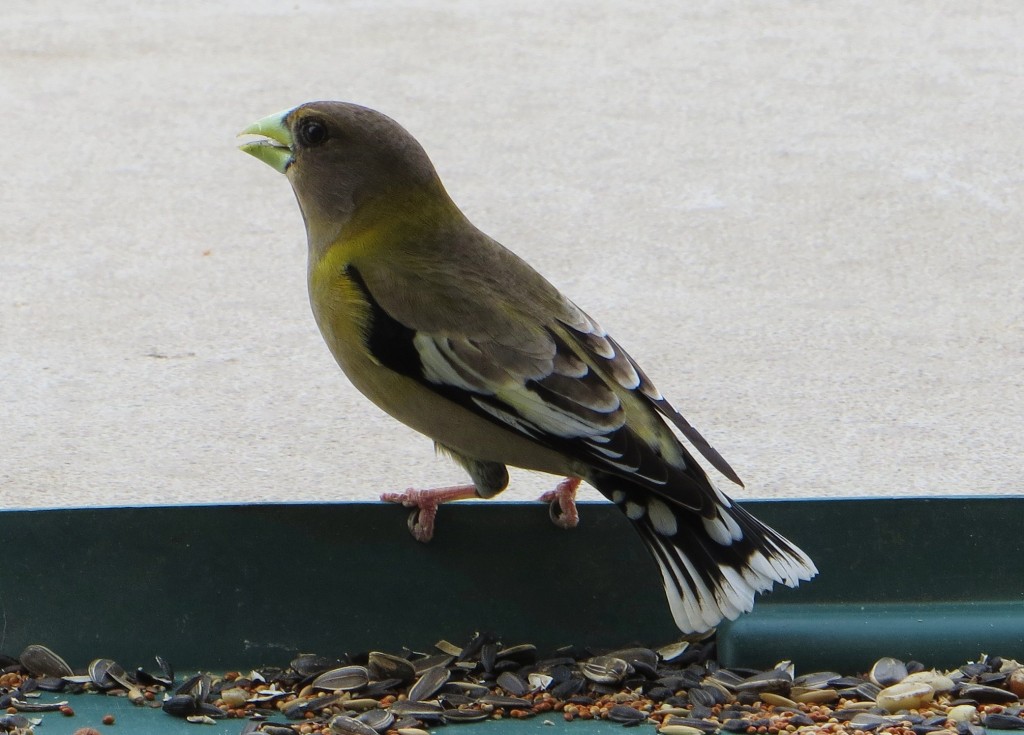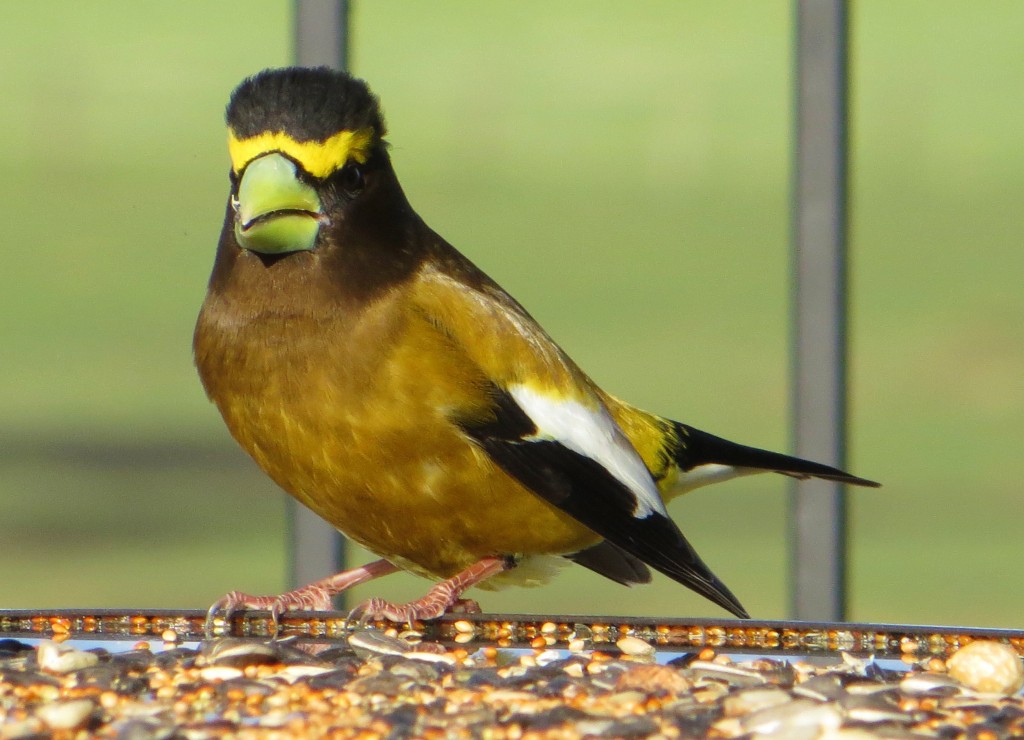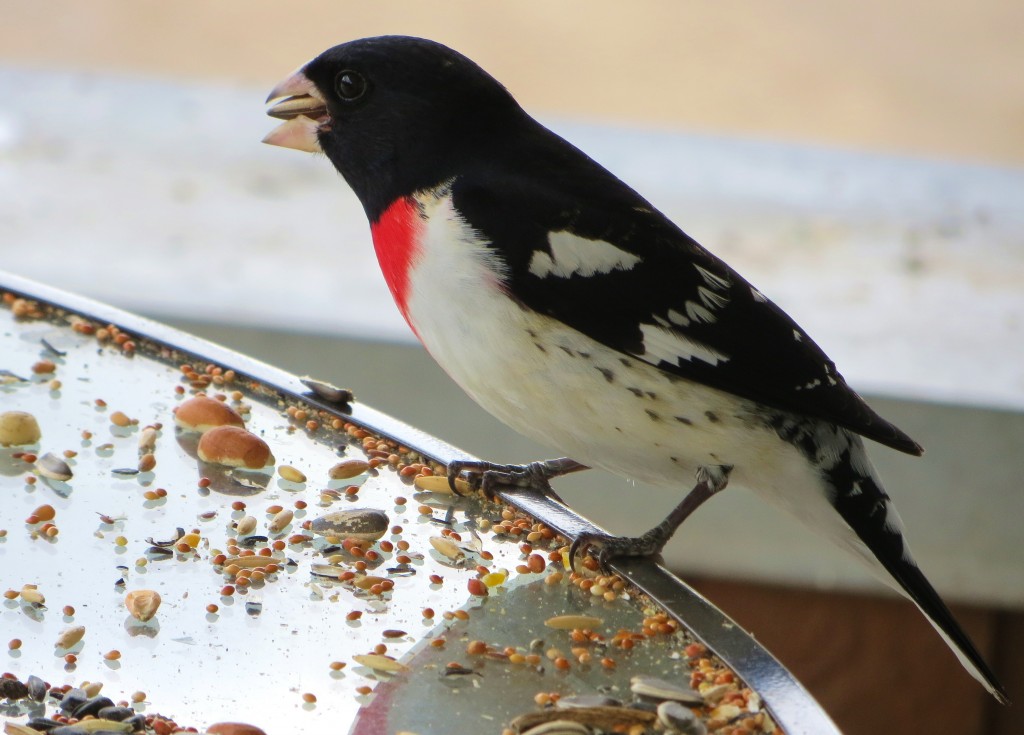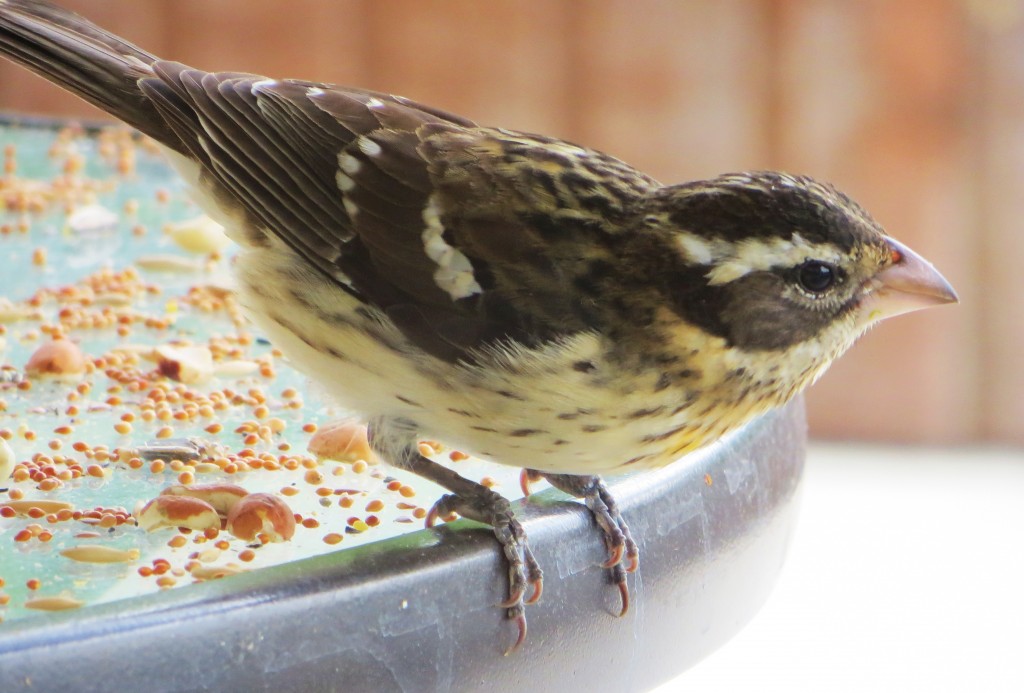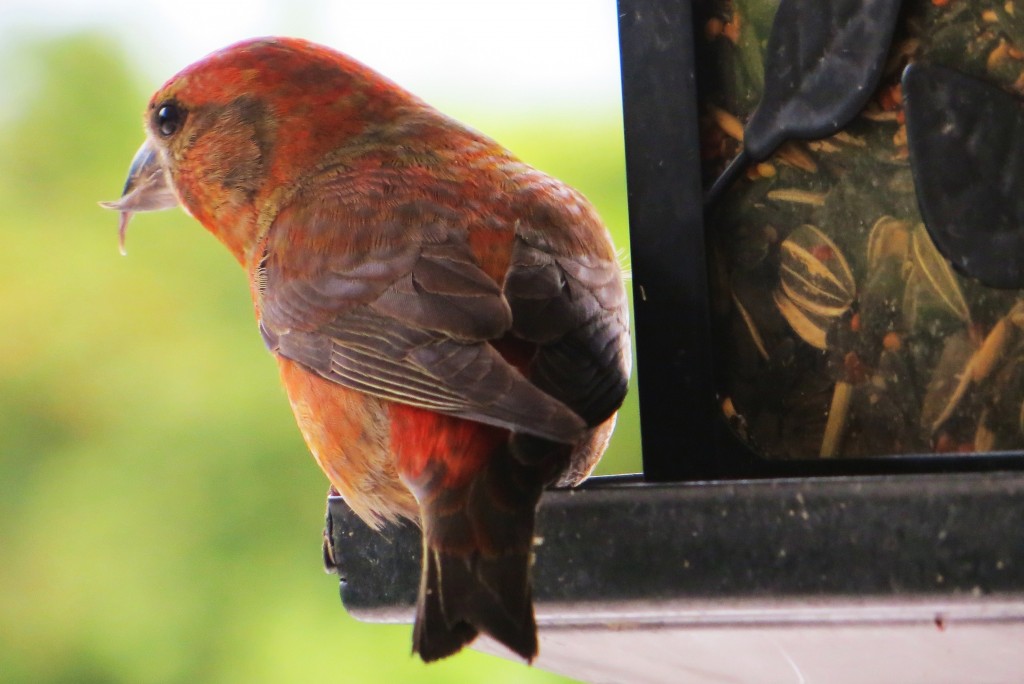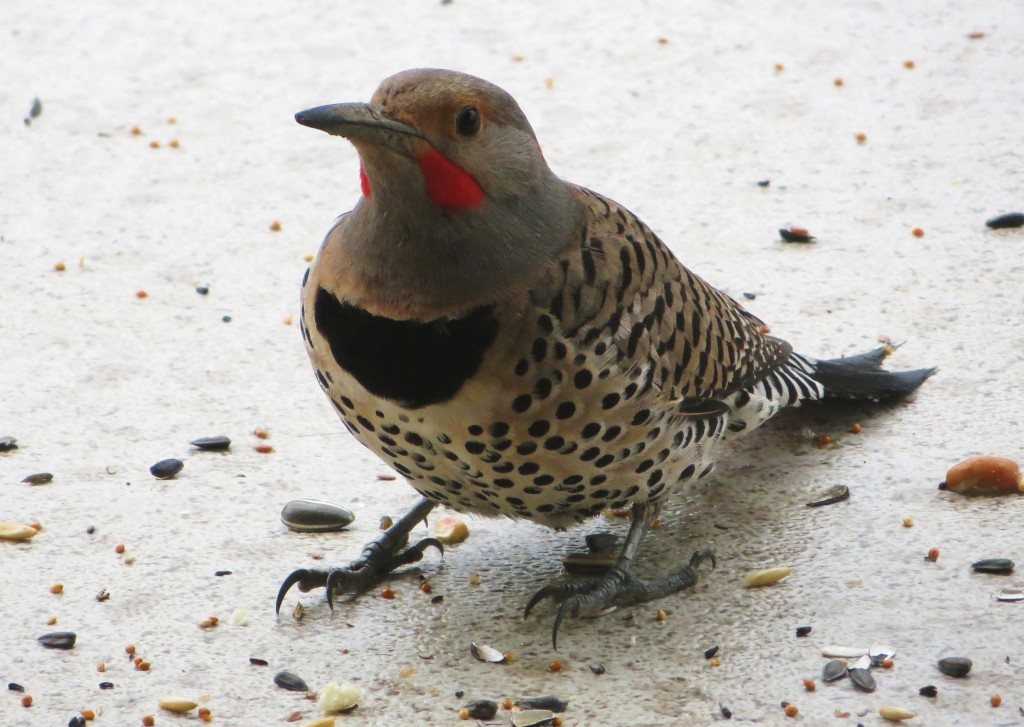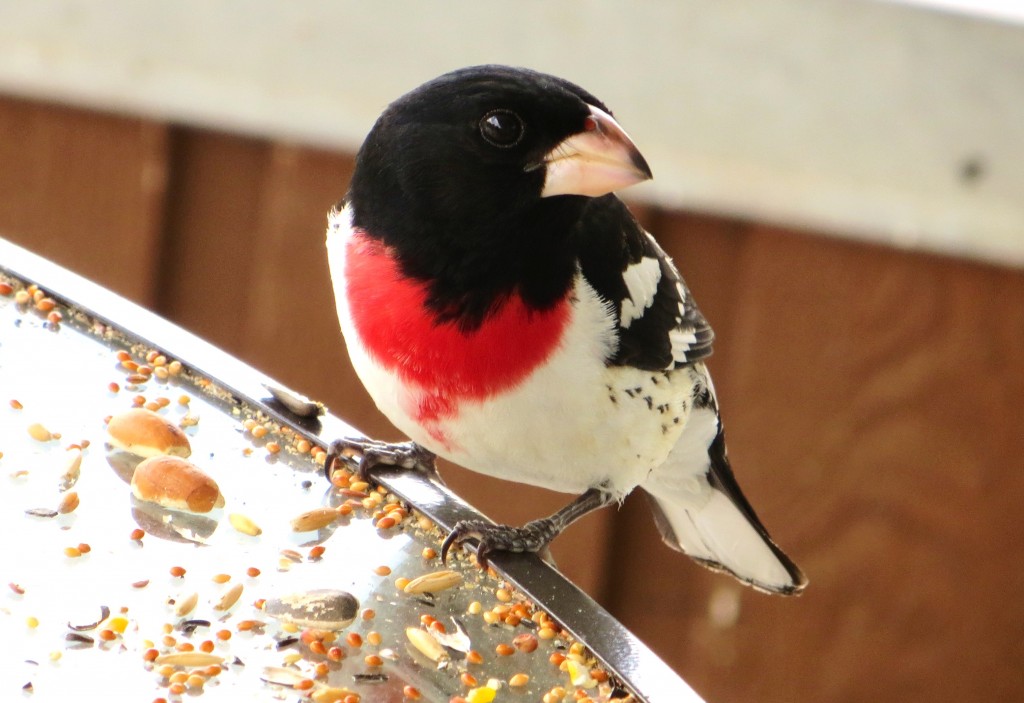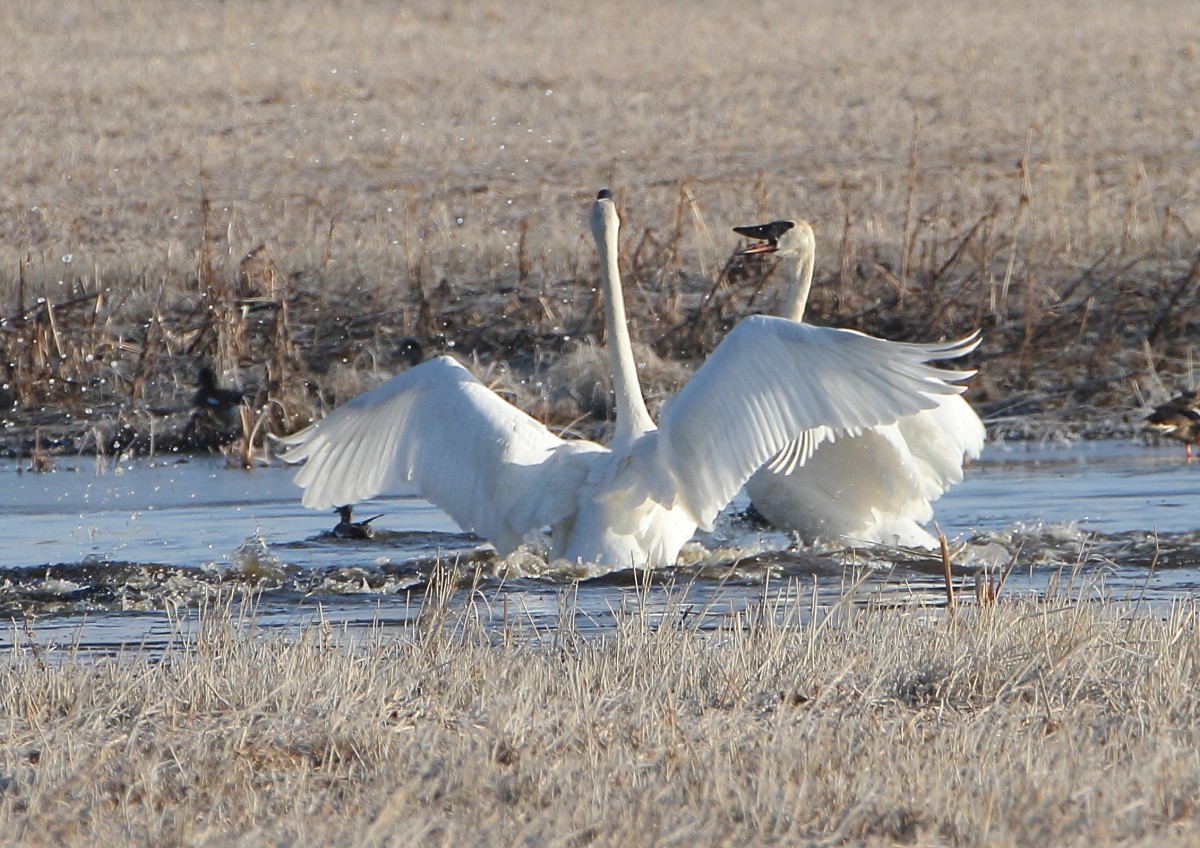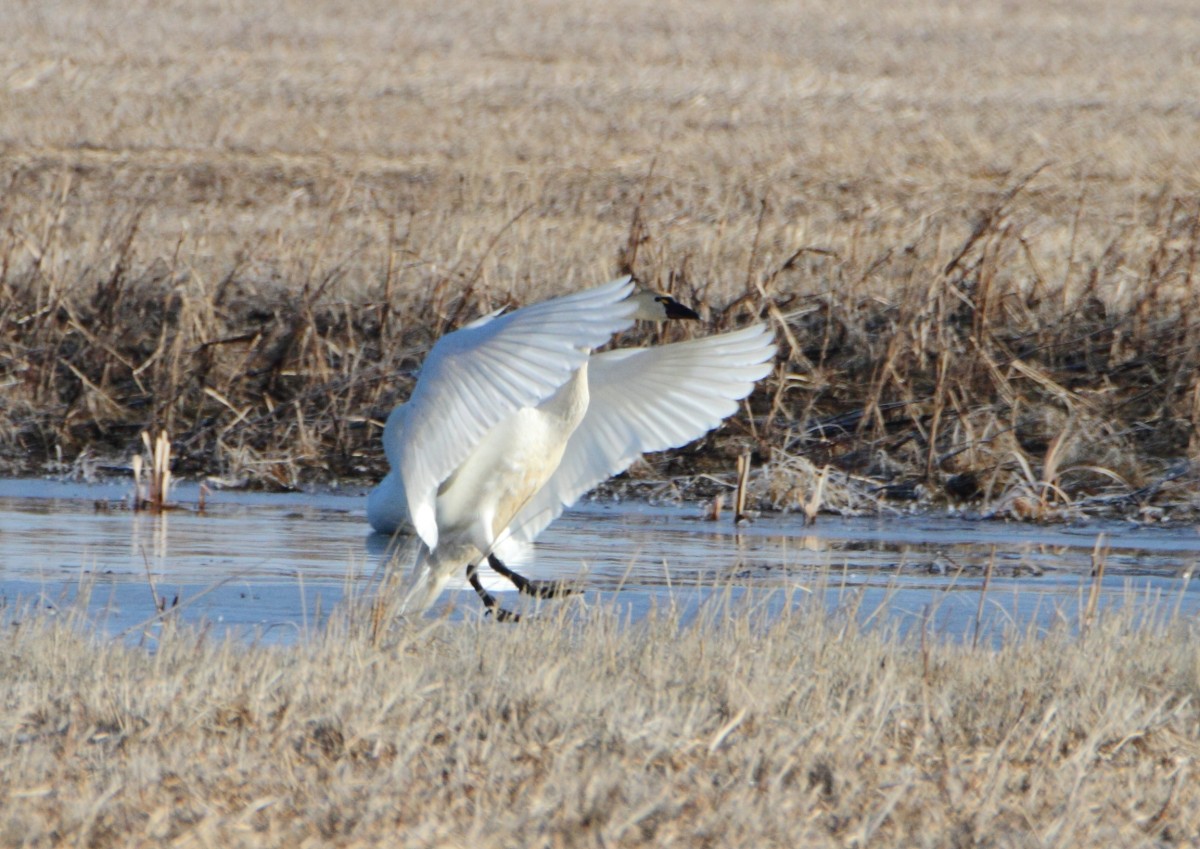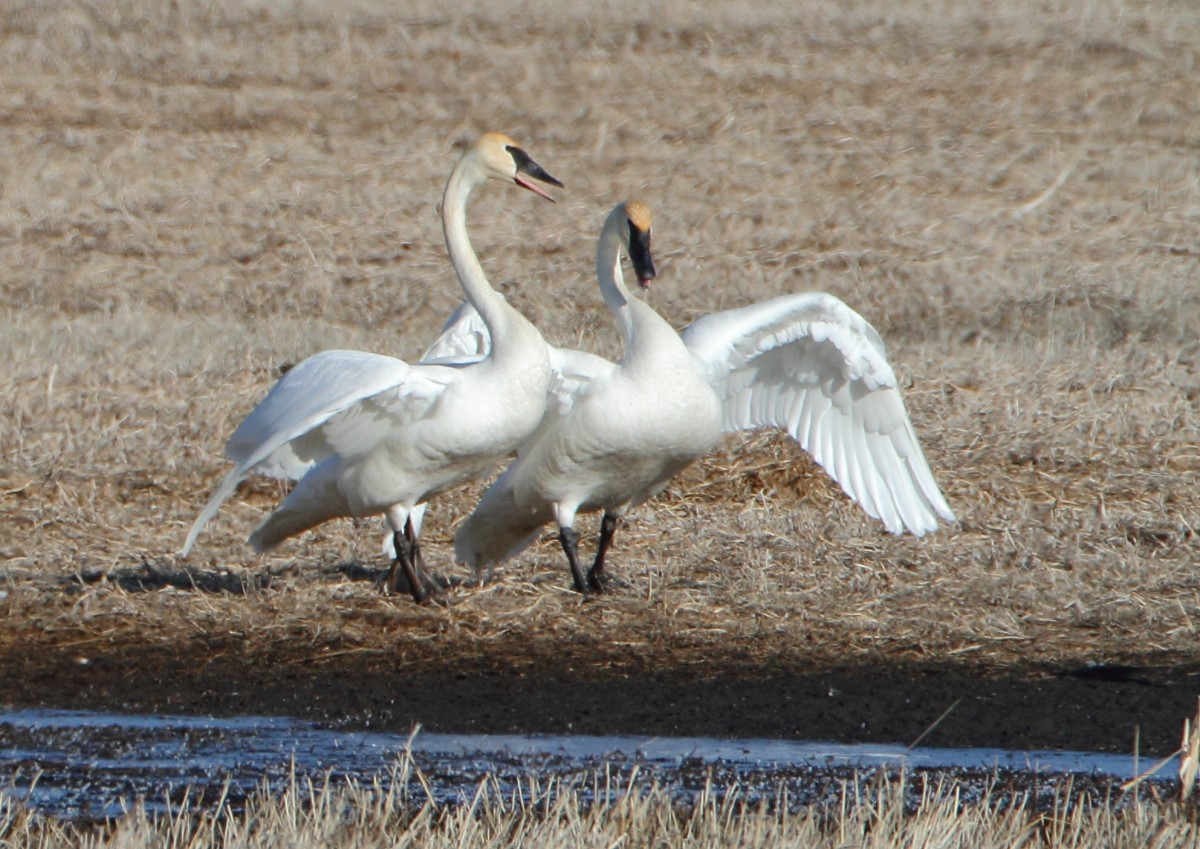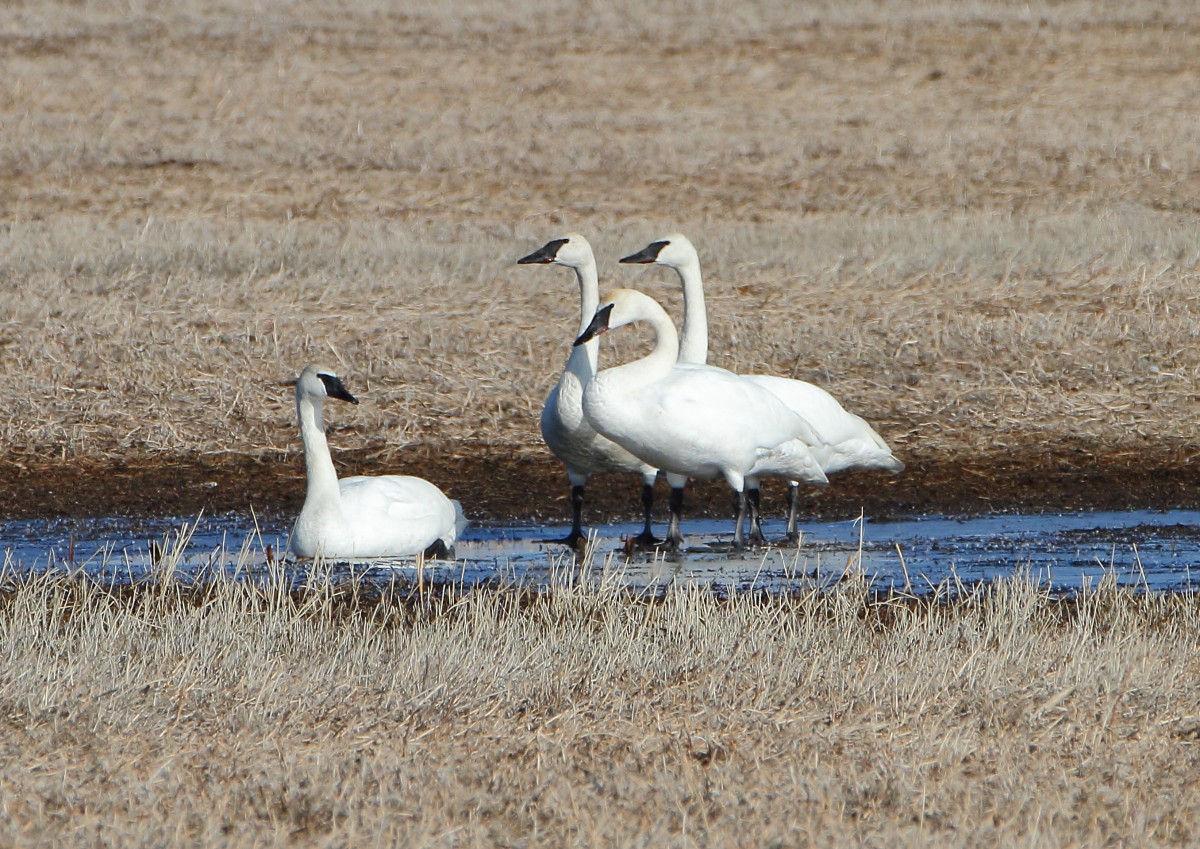Guest Post by Greg Wagner

White-faced Ibis by Dan Arndt
Ducks Unlimited developed the Frank Lake project under the North American Waterfowl Management Plan which is a tripartite initiative between Canada, the United States and Mexico aimed at conserving migratory birds across the continent. The Plan’s goal is to return waterfowl populations to 1970s levels through the protection of upland and wetland habitat.
This has certainly been achieved at Frank Lake where upland habitats have been secured and are managed for nesting waterfowl and other birds, and where wetland habitat has been created and protected through the establishment of dams and the addition of tertiary treated effluent from the Town of High River and Cargill. It is also one of the few large wetlands with large cattail and/or bulrush beds in southern Alberta and attracts a number of breeding bird species that are dependent on these habitats including White-faced Ibis, Black-crowned Night Heron, Franklin’s Gull, Forester’s Tern, Western Grebe and Eared Grebe. Many of these species are listed as sensitive under the General Status of Alberta Wildlife Species, largely because of the scarcity of large wetlands with emergent vegetation.
Because of its conservation importance, Frank Lake has also been identified as an Important Bird Area and as an Environmentally Significant Area within the Municipal District of Foothills.
Frank Lake is also a popular area for hunting, birding, wildlife photography, dog walking and hunting dog trials. Ducks Unlimited has also established an educational program at the lake, which had initially been offered to students in Calgary schools, but which is now being offered to rural schools in the area. It truly is the goose that laid the golden egg. If people show some respect for the area and following a few basic rules (eg., dogs on leash during the nesting period from 1 April to 1 July) it should remain as an area that can serve as a significant wildlife conservation area, and at the same time be enjoyed by a number of different user groups.
The best known and most heavily used site on the lake is the observation blind on Basin 1 in the northwest corner of the lake. It is located within an extensive bulrush marsh and provides excellent viewing opportunities of Eared Grebe, Coots, Ruddy Ducks, Blackbirds and Marsh Wrens. Looking out to the east you can count dozens if not hundreds of White-faced Ibis. During the spring, the calls of Franklin’s Gulls are deafening. This reed bed supports the largest breeding population of emergent dependent birds on the lake, and in the province.
In the past photographers have been observed wading through the reed bed near the blind and trying to get close to the reed bed and nesting area of White-faced Ibis on a crudely constructed raft. These individuals cause untold damage to the birds nesting in these areas, in violation of the federal Migratory Bird Convention Act and the Alberta Wildlife Act. I few weeks back I raised my concerns with the local Fish and Wildlife Officer.

Making a hasty retreat.
Unfortunately, last weekend I encountered two individuals (a man with graying hair and a women with long blonde hair) marching through the reed beds north of the blind, cameras and long lenses in hand and pulling an inner tube with camouflage material wrapped around it. They were right in the area where the Ibis and Night Herons nest. About 25 Black-crowned Night Herons were flying around the reeds at the time.
I yelled at them to get out of there and that they were destroying nests in violation of the Alberta Wildlife Act. I also phoned Report a Poacher 1-800-642-3800 and ended up speaking with the local Fish and Wildlife Officer I had met with a few weeks back. I indicated what these two people were doing and that they were disturbing nesting birds in violation of the Migratory Bird Convention Act and the Alberta Wildlife Act. He asked me to record their license plate number. I also took some photos of them in the reeds.
After about twenty minutes they came out ashore and had the pleasure of some lively conversation and in your face time with yours truly. They indicated that they were long-time birders and were doing nothing to disturb the birds. I have left the matter in the hands of the Fish and Wildlife Officer. But I wonder, do these two pick up a couple of six packs of mice from their local pet store anytime the go out looking for owls?
Last spring, I watched the Franklin’s Gull return to Frank Lake and begin nesting over most of May. Unfortunately, I was away for most of June. When I got back, I visited another large reed bed marsh supporting a large Franklin’s Gull breeding colony. The place was deafening with adult birds circling overhead, and recently fledged young everywhere.
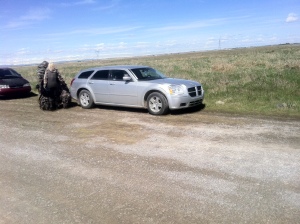
Their vehicle
Frank Lake was much different. I only saw a flock of 20 birds heading to the lake from nearby fields. No adult birds circling over the reed beds and no recently fledged young. There was zero nest success. I wondered at the time what had happen, and probably will never know. I thought it was probably something environmental, a quick increase in lake levels following a major rainfall event. But now, I wonder if it may simply have been caused by photographers traipsing through the bulrushes.
Frank Lake has become widely known as being the home to White-faced Ibis. I fear the breeding colony, or at least the major colony of the lake, has been destroyed. So if someone is out at Frank Lake and wants to know why there aren’t so many Franklin’s Gulls around the blind, or where all the Ibis have gone. maybe this post provides an answer.
—————————
Posted by Pat Bumstead:
We know Frank Lake is a very popular birding destination for many of our readers. Put the Report A Poacher number 1-800-642-3800 in your cellphone. If you see idiot photographers endangering the birds for the sake of a picture, make note of the following and give them a call:
- Date, time and location of offense
- License plate number of vehicle
- Vehicle description, including any identifying features, dents, stickers, etc.
- Description of person(s) involved
- Description of evidence at the scene, or evidence of the crime that the violators took with them
- Details of the violation
Most of our Canadian bird species are in serious trouble throughout their ranges. Bird watchers are the ones out in the field, and can cover far more territory than Fish & Wildlife officers. If you see someone wading through nest sites, baiting owls, stealing eggs from a nest or anything else that threatens the birds, speak up for them! If we don’t, there might not be any birds to watch.





